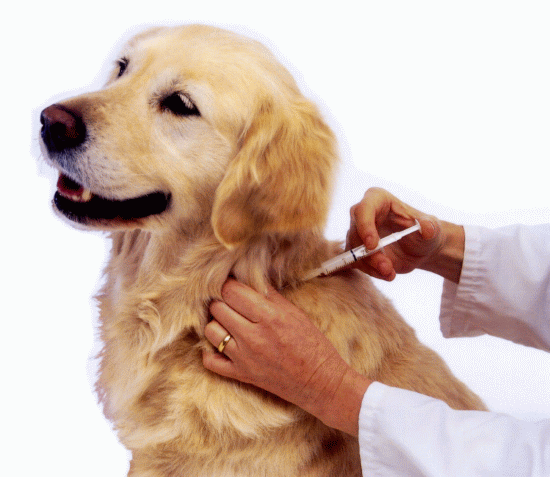The Truth About Rabies
 Rabies is a severe and often fatal disease that affects the gray matter of a dog’s brain and its central nervous system. Most generally, the rabies virus is transmitted to dogs through a bite from a diseased carrier like foxes, raccoons, bats, and skunks. Infectious virus particles are retained in a rabid animal’s salivary glands to better spread the virus through their saliva.
Rabies is a severe and often fatal disease that affects the gray matter of a dog’s brain and its central nervous system. Most generally, the rabies virus is transmitted to dogs through a bite from a diseased carrier like foxes, raccoons, bats, and skunks. Infectious virus particles are retained in a rabid animal’s salivary glands to better spread the virus through their saliva.
Once the virus enters the dog’s body, the virus replicates in the muscle and migrates to the nearest nerves. From there, the virus particles travel to the CNS via the fluid within the nerves. The symptoms can take up to a month to develop, but once they have begun, the virus progresses rapidly.
The inflammatory infection can be transmitted to humans, so this is of zoonotic importance.
Many people don’t realize that there are two forms of the disease. There is both a paralytic form and a furious form or a combination of the two. The furious form is the form that has the characteristic hyper-salivating and “mad dog” symptoms, but more times than not, the paralytic form or “dumb rabies” symptoms are present.
The paralytic forms clinical signs are characterized by weakness and loss of coordination, followed by paralysis.
The rabies virus is a fast moving virus, so if your pet is not treated soon after the symptoms appear, the prognosis is very poor. So, if your pet has been bitten by, been in a fight, or in contact with a rabid animal, it is my recommendation that you take your pet to your veterinarian for preventative care immediately
There are many symptoms to watch for in your pets. These include seizures, paralysis, difficulty swallowing, lack of muscular coordination, aggression and excessive excitability.
If you suspect that your pet has rabies, call your veterinarian immediately.
If your pet has been vaccinated, the pet will need to be quarantined for 10 days to monitor for changes in the pets behavior and possible progression of the rabies virus.
The only way to diagnose rabies is by a post-mortem antibody test. So if the pet is showing progressive signs of rabies, the animal will be euthanized and samples of the brain will be sent in to a diagnostic lab for confirmation.
There is no treatment for rabies, so most likely your pet will not survive the disease. Because people can also get rabies, it is of utmost importance that the pet gets prompt attention and the person that is exposed to rabies seeks medical attention immediately.
